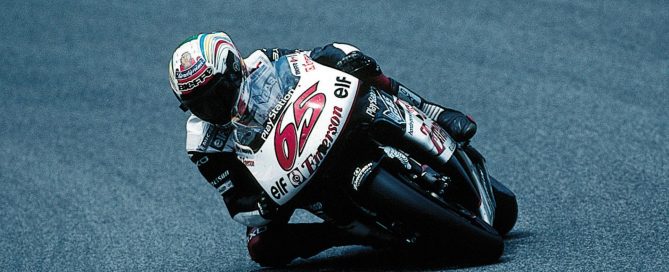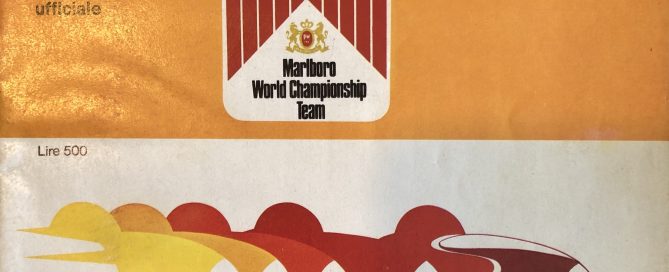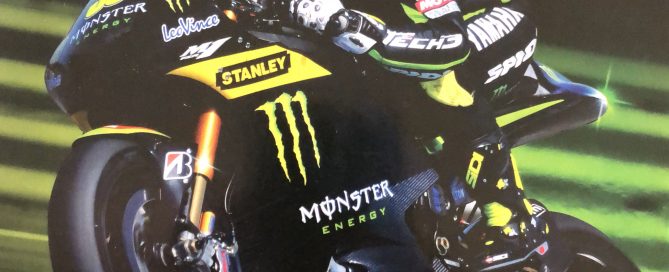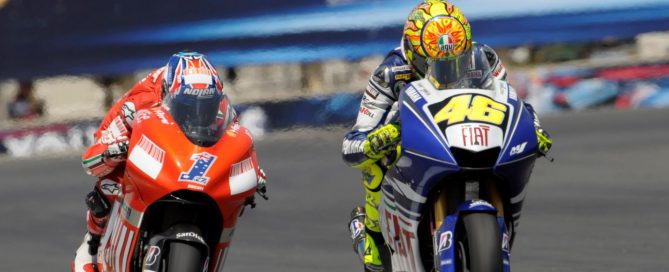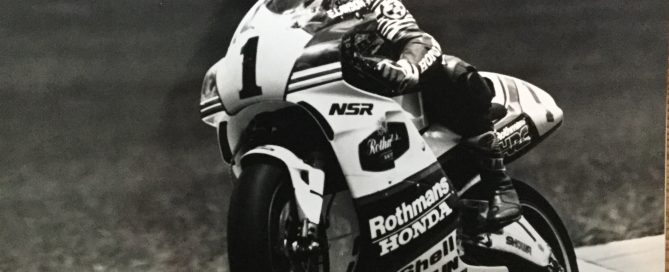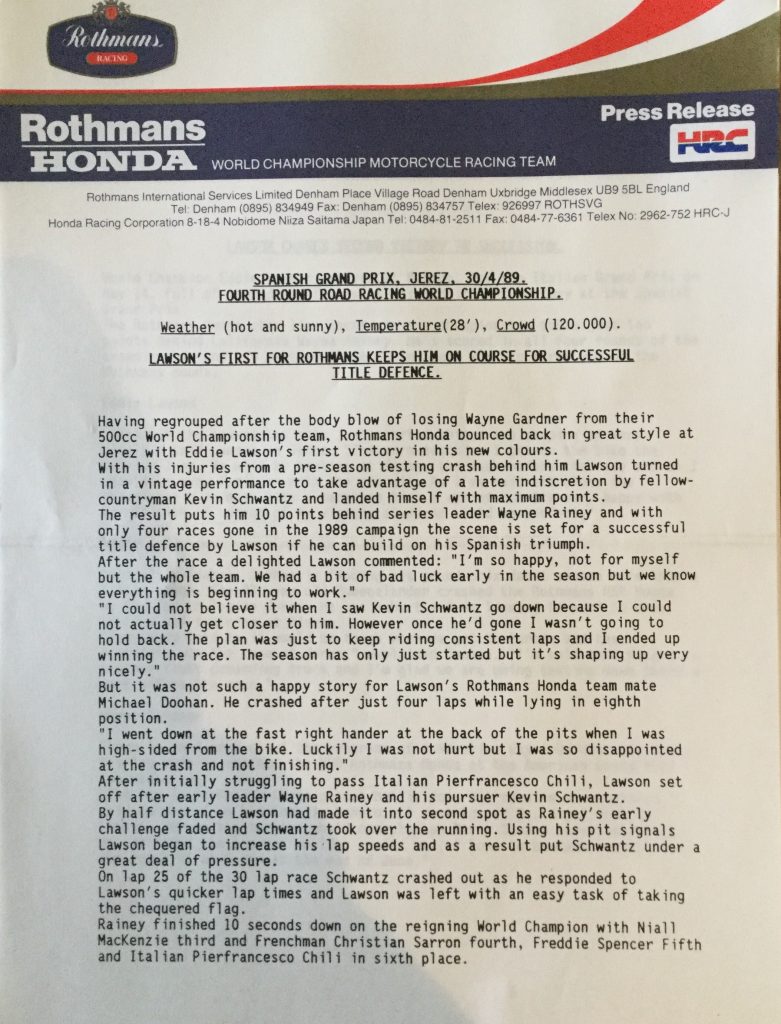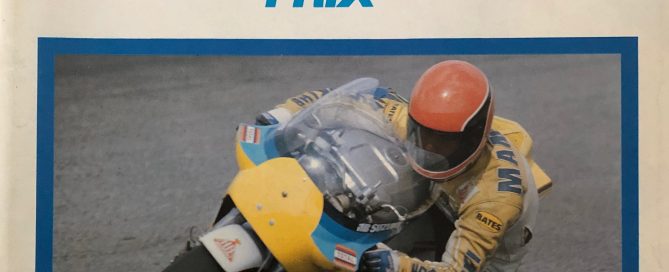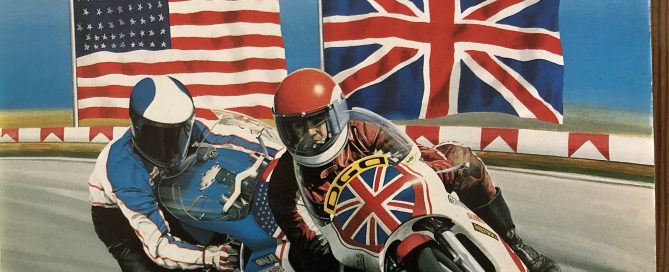ITALY BROUGHT TO A HALT
Twenty years ago today Mugello, as only Mugello can, prepared itself for the battle of all battles. They packed those magnificent Tuscan hillsides dressed in yellow, red and fewer in black and white accompanied by a symphony of unsilenced engines and air horns. The smell and smoke of coloured flares filled the warm Sunday morning air as the leather clad gladiators arrived in the Colosseum.
They had been there for most of the night and when the Italian trio finally appeared in the morning sunshine Mugello went completely crazy. This was the Italian Grand Prix and a home rider had never won the premier class 500cc race at this legendary venue nestling between the hills 20 miles from Florence.
The likes of Agostini, Lucchinelli and Uncini may have captured the ultimate prize but never the premier class win in front of the Tifosi at Mugello. This year was surely going to be different.
It was the fight those passionate Italian fans had been savouring for a long time. Bitter rivals Valentino Rossi and Max Biaggi meeting head to head for the first time in a grand prix race on home soil. Completing the trio Loris Capirossi who had already joined a legendary club by winning 125,250 and 500cc grands prix. Prodigal son Rossi’s first season in the 500cc class after winning both 125 and 250 cc World titles. Four times 250 cc World Champion the Roman Emperor Biaggi who had won first time out in the 500cc class two years earlier at Suzuka. Capirossi was probably the underdog with so much media hype focusing on Rossi and Biaggi, but Loris had already been round the block and back. Two 125 cc World titles and then that controversial 1998 World 250 cc title after he ‘collided’ with teammate and Championship rival Tetsuya Harada at the final bend in the final round in Argentina. Sandwiched between those titles Capirossi had won the 500cc race in the 1996 Australian Grand Prix when Alex Criville brought down team-mate Mick Doohan in the last corner at Eastern Creek.
The three Italians had not won at the opening five rounds of the 2000 World Championship, but this was a battle that was fought with far more than 25 world championship points at stake. This was the race everybody in Italy had been waiting for and the trio put on a show that brought the country to a halt.
The real fun and games started with seven of the 23 laps remaining with the three exchanging blows and the lead at the front. Something had to give and Rossi was the first when he lost the front end of the Honda under braking. Then there was two and going into the last lap Capirossi on the Pons Honda led the Yamaha of Biaggi who momentarily got to the front before being pushed back to second. He came back at Capirossi at the last right-hand bend but preparing for a final corner assault got too close. His front brake lever touched the rear seat of the Honda and down Biaggi went in a cloud of dust and gravel.
A triumphant Capirossi crossed the line with arms aloft to celebrate just his second 500cc victory. Rossi returned to Mugello to win seven times in a row. Biaggi never won a premier class race at Mugello. Capirossi went on to win seven more grands prix, none at Mugello but May 28th, 2000 was his day.
Not only did number 65 become the first Italian to win the 500-cc race at Mugello but the win brought Honda their 140th 500cc grand prix win. Ironically, it was one more than the Italian MV Agusta factory.


